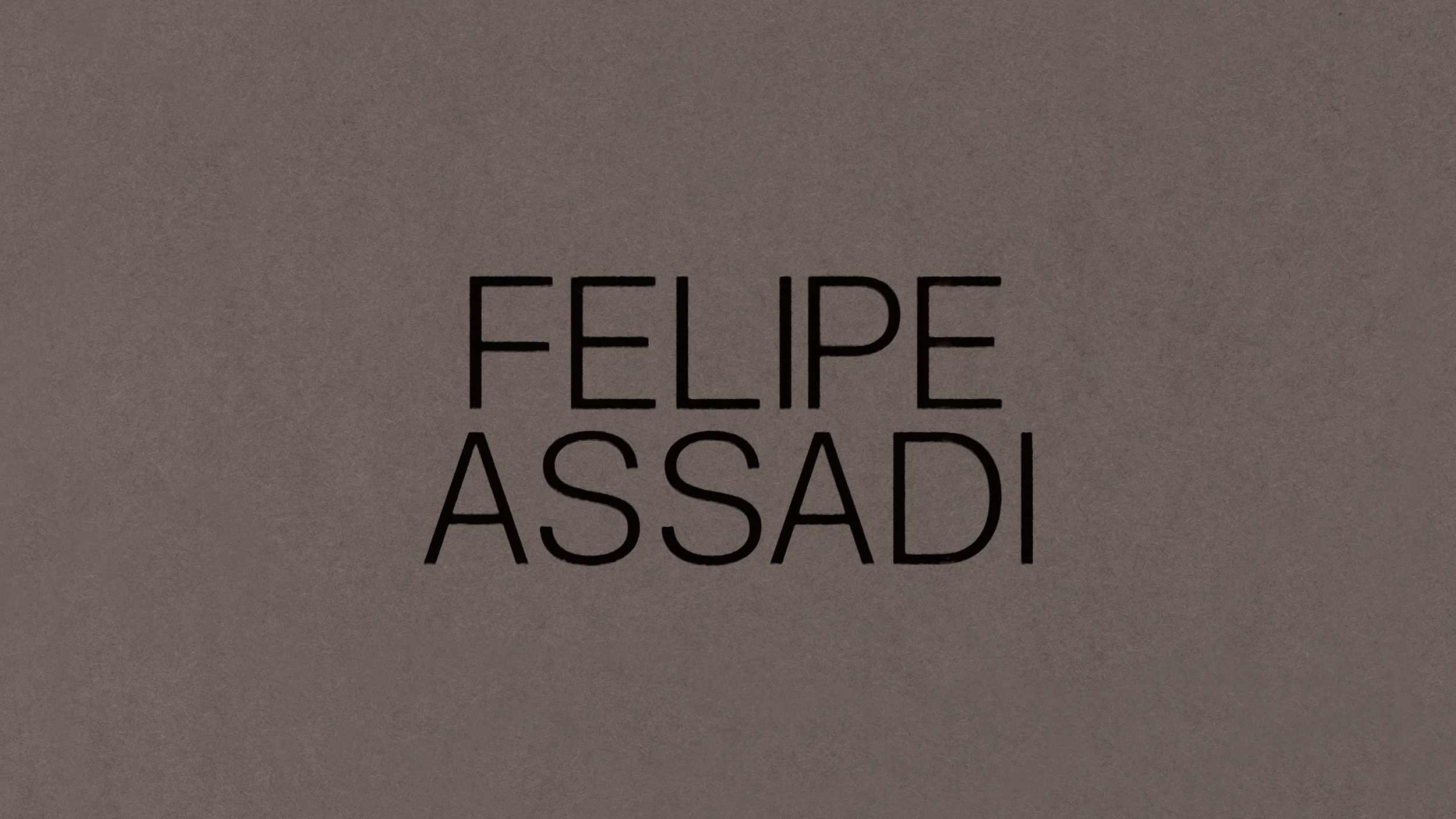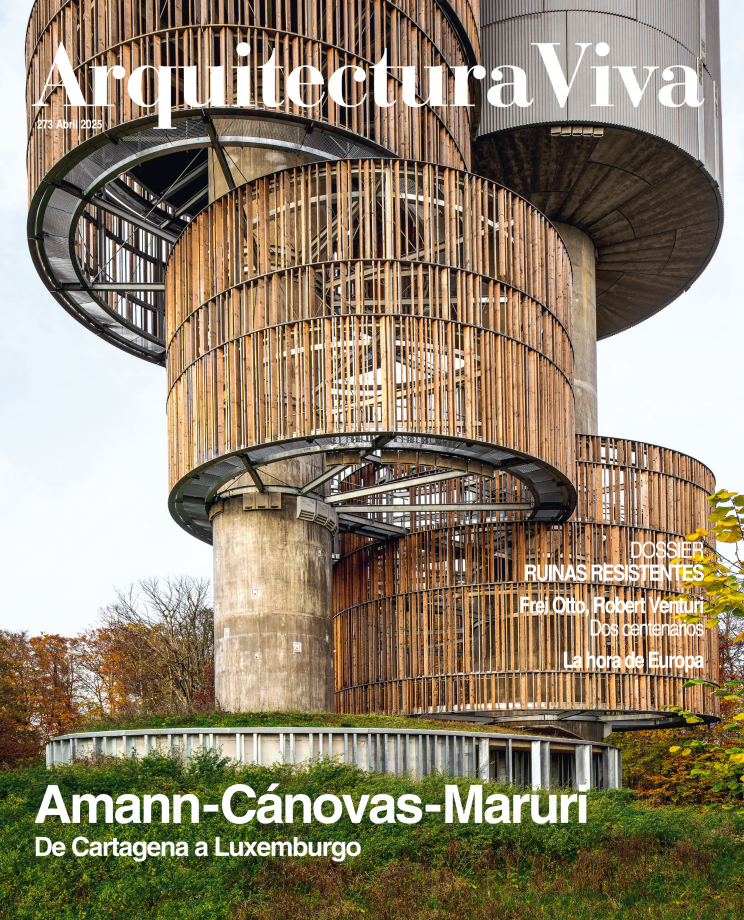
The one-family house has been a fertile field for experiments, revealing strategies applicable to more complex projects. This is the area Felipe Assadi has operated in, and the book presents eighteen houses built from 1997 to 2024, mostly in natural spots of his native Chile. They come with two texts. Michelangelo Pivetta, a professor in Florence, writes on the exceptionality and intellectual muscle of recent Chilean architecture, under which Assadi falls: and Fabián Barros – dean of architecture at Universidad Finis Terrae in Santiago, where Assadi studied and himself was dean – highlights the rich geometrical fabric of the floor plan and sections of his dwellings.
Although other commissions are featured, Assadi’s explorations have focused on the stand-alone home and how it connects with the topography, the horizon, and the power of places that still feel like wilderness. He relies on geometry as an organizational tool and on its capacity to adapt designs to constructive, material, and structural systems. Like other Chilean architects, Assadi is an expert in handling geometry and matter, and plays with both variables to sometimes lighten his constructions through overhangs and floating planes, with the optimism of the best of Latin American architecture, or link them to the country’s extreme geography, ‘abrupt and seismic,’ between the Andes and the Pacific. Nevertheless, it seems to me that Assadi does not harness all the potential of the single-family house. His are splendid works in dialogue with their contexts, but may be overly pragmatic.







